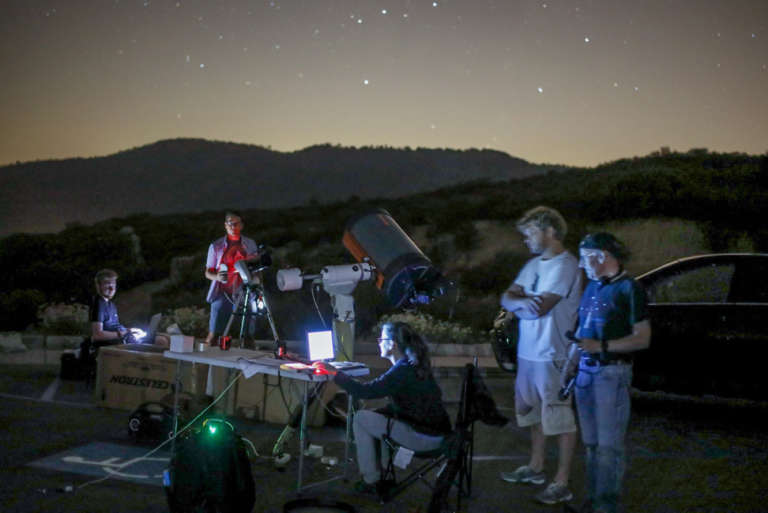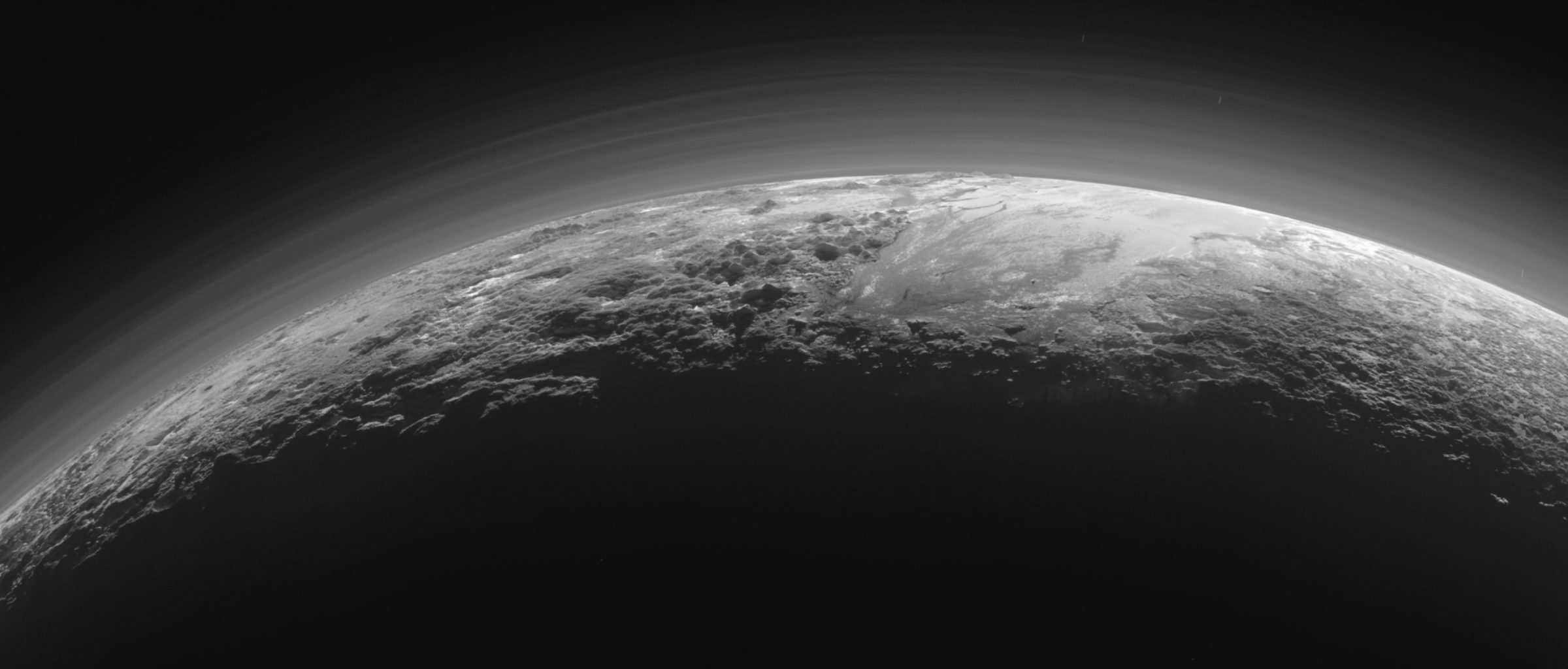Planetary Radio • Aug 22, 2018
Pluto Occults! Join Us on the Mountain
On This Episode

Franck Marchis
Senior Planetary Astronomer, SETI Institute & Chief Scientific Officer, Unistellar

Chris Hendren
Oceanside Photo and Telescope

Joana Oliveira Marques
Observatory of Paris PhD Candidate

Bruce Betts
Chief Scientist / LightSail Program Manager for The Planetary Society

Jason Davis
Senior Editor for The Planetary Society

Mat Kaplan
Senior Communications Adviser and former Host of Planetary Radio for The Planetary Society
Pluto passed in front of a star on the evening of August 14. Mat Kaplan joined pro and amateur astronomers on a mountain to observe this rare event. It may reveal more about the dwarf planet’s tenuous atmosphere and other properties. Everyone hopes that Mars Exploration Rover Opportunity will phone home when the waning worldwide Martian dust storm allows the robot to charge its batteries. Digital Editor Jason Davis tells us about the online mistake that had some fans believing it had already happened. And it will be “raining fire in the sky” when Bruce Betts drops another What’s Up segment.



- Franck Marchis: Capturing an Occultation and a Snapshot of Pluto’s Atmosphere
- Occultation
- A layer of haze keeps Pluto’s atmosphere extremely cold
- Unistellar eVscope
- Oceanside Photo & Telescope
- False alarm: Here's why people thought Opportunity phoned home last week
This Week’s Prizes:
A svelte Planetary Radio t-shirt from the Planetary Society Chop Shop store and a 200-point iTelescope.net astronomy account.
This week's question:
Who is the Spitzer Space Telescope named after? (And don’t tell us, “a guy named Spitzer.”)
To submit your answer:
Complete the contest entry form at http://planetary.org/radiocontest or write to us at [email protected] no later than Wednesday, August 29th at 8am Pacific Time. Be sure to include your name and mailing address.
Last week's question:
How many Venus flybys will be required for the Parker Solar Probe to adjust its orbit around the Sun?
Answer:
The answer will be revealed next week.
Answer to the August 8 space trivia contest question:
John Denver co-wrote Rocky Mountain High, which contains the line, “I’ve seen it raining fire in the sky.” Denver was inspired by viewing the Perseid meteor shower.


 Explore Worlds
Explore Worlds Find Life
Find Life Defend Earth
Defend Earth



